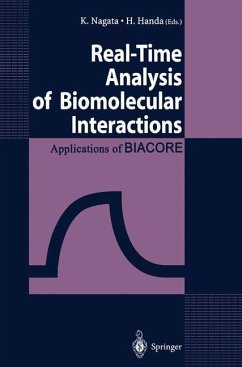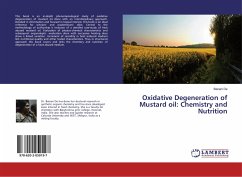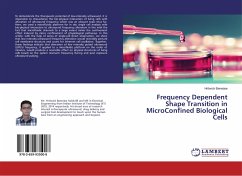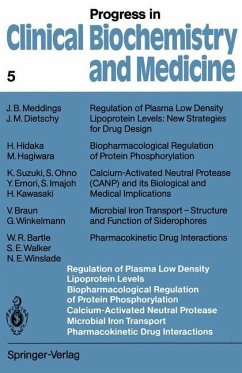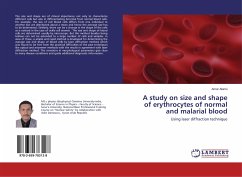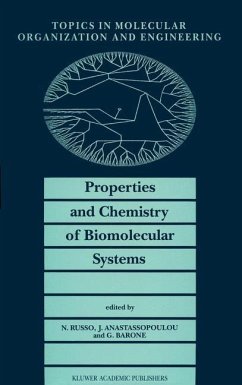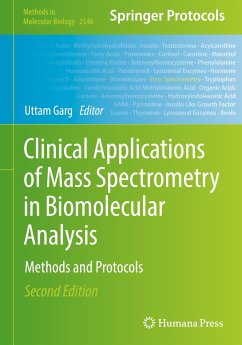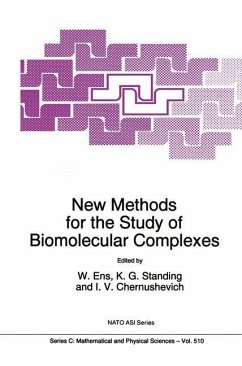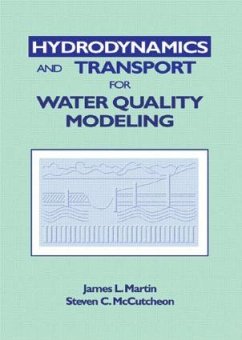
Ultracentrifugal analysis of biomolecular interaction processes
Biophysical interaction analysis of proteins and nanoparticles using analytical ultracentrifugation
Versandkostenfrei!
Versandfertig in 6-10 Tagen
45,99 €
inkl. MwSt.

PAYBACK Punkte
23 °P sammeln!
As an absolute method in solution, analytical ultracentrifugation (AUC) enables the quantitative analysis of macromolecules based on their hydrodynamic separation in an applied centrifugal field. These fundamental properties of AUC allow extensive analysis of macromolecules in their native state under biologically relevant conditions and can provide information on their sedimentation coefficients, mass, shape, diffusion coefficients and density. Using gold nanoparticles and the two binding proteins amyloid-beta 42 and BSA, a generally valid procedure for an AUZ-based characterization of ligand...
As an absolute method in solution, analytical ultracentrifugation (AUC) enables the quantitative analysis of macromolecules based on their hydrodynamic separation in an applied centrifugal field. These fundamental properties of AUC allow extensive analysis of macromolecules in their native state under biologically relevant conditions and can provide information on their sedimentation coefficients, mass, shape, diffusion coefficients and density. Using gold nanoparticles and the two binding proteins amyloid-beta 42 and BSA, a generally valid procedure for an AUZ-based characterization of ligand-modified nanoparticles is explained with a subsequent quantification of their surface modification by the ligands. Based on the physical-technical fundamentals of AUC, the use of absorption and fluorescence detection systems and the work in the fields of protein and nanoparticle analysis, the broad application possibilities of analytical ultracentrifugation are illustrated and explained.




